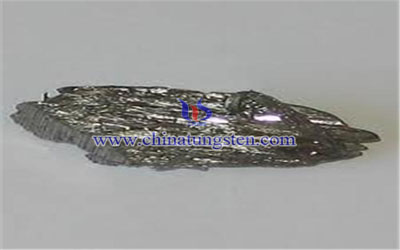Basic Knowledge About Europium
- Details
- Category: Rare Earth News
- Published on Thursday, 14 March 2013 16:00
Europium (Eu, atomic number 63) was discovered in the form of spectral lines that were not accounted for by samarium or gadolinium concentrates in 1890 by Boisbaudran. The official discovery of europium is generally credited to Demarcay who separated the rare earth in reasonably pure form in 1901. The pure metal was not isolated until recent years. Europium is now prepared by mixing Eu203 with a 10% excess of lanthanum metal and heating the mixture in a tantalum crucible under high vacuum. The element is collected as a silvery white metallic deposit on the walls of the crucible. As with other rare earth metals (with the exception of lanthanum), europium ignites in air at about 150 to 180 degrees Celsius. Europium is about as hard as lead and is quite ductile. It is the most reactive of the rare earth metals, it quickly oxidizes in air. It resembles calcium in its reaction to water. Bastnasite and monazite are the principal ores containing europium. Europium has been identified spectroscopy in the sun and certain stars.

Some known uses for Europium are as follows:
Television screens- europium oxide is now widely used as a phosphor activator and europium activated yttrium vanadate.
Laser material- europium doped plastic is used as laser material.
Ceramics
Nuclear applications.
Rare Earth Manufacturer & Supplier: Chinatungsten Online - http://www.chinatungsten.com
Tel.: 86 592 5129696; Fax: 86 592 5129797
Email: sales@chinatungsten.com
Tungsten News & Tungsten Prices, 3G Version: http://3g.chinatungsten.com
Tungsten News & Tungsten Prices, WML Version: http://m.chinatungsten.com



 sales@chinatungsten.com
sales@chinatungsten.com